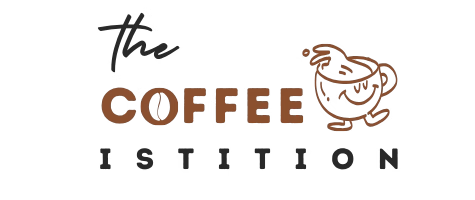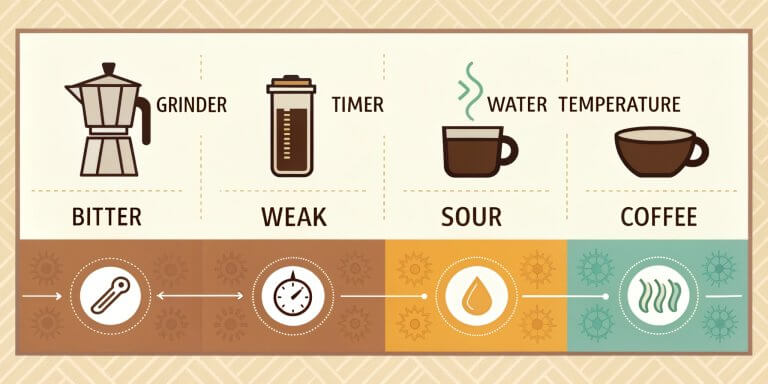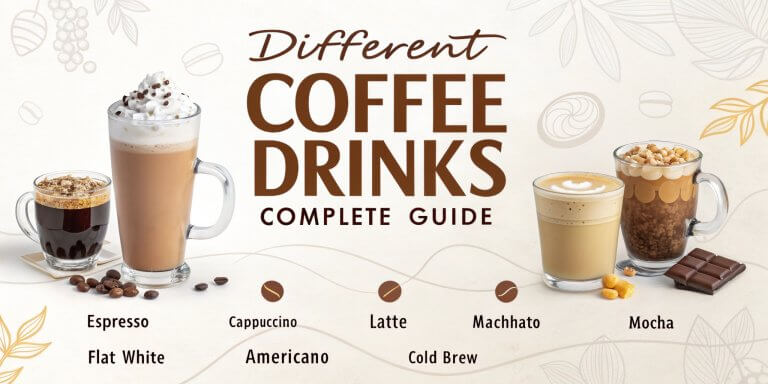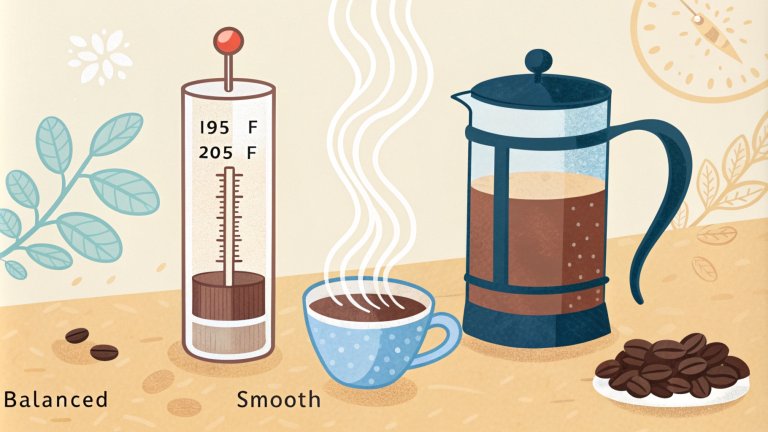
Ever find yourself needing a quick jolt to get going? Maybe it’s a slow morning or an afternoon slump, and you’re thinking, “I need a pick-me-up!” That’s where espresso often comes into the picture. It’s known for being a popular and potent source of Caffeine, and honestly, understanding how much Caffeine is in espresso is key if you want to make informed choices about your daily coffee habits. There’s a common idea that espresso has way more Caffeine than regular Coffee, but is that true?
This post is your comprehensive guide to how much Caffeine is in espresso. We’ll break down all the details for you. By the end, you’ll know what affects caffeine levels, the different types of espresso shots, and how espresso compares to other drinks, so get ready; let’s dive into espresso and Caffeine!
Understanding Espresso and Its Preparation
So, what exactly is espresso? Many people have this question, and the answer might surprise you. Espresso isn’t a unique coffee bean; it’s a highly concentrated coffee beverage made using the same beans you’d use for your regular cup of joe.
The real magic lies in the brewing process. Instead of a typical drip method, espresso is created by forcing hot water under high pressure through finely ground Coffee. This unique method gives espresso its signature intensity and rich flavor.
One of the things that sets espresso apart is the crema, that lovely, creamy layer that sits on top. It’s not just for looks; the crema combines the Coffee’s oils and air bubbles and plays a big part in the texture and flavor of espresso. It’s a sign that your espresso has been brewed just right. And let’s not forget, espresso is the base for many of our favorite coffee drinks – from lattes and cappuccinos to macchiatos and Americanos.
Some science and art are involved in making espresso. You need a fine grind for the best extraction, almost like table salt. The water temperature is also essential—it needs to be between 190°F and 205°F. The water is then forced through the coffee grounds with pressure and in a short amount of time. Extraction time, typically 20-30 seconds, is another crucial puzzle. This careful balance of water temperature and extraction time helps extract the most flavor and Caffeine from the Coffee.
It’s not just about the machine or the grounds, though. A skilled barista is also vital. They know how to adjust the brewing parameters to ensure a perfect shot. Their expertise is crucial in ensuring that the four fundamentals of brewing-beans, the proportion of Coffee to water, the water itself and its temperature, and the grind size-come together just right to give you the perfect espresso.
How Much Caffeine is in Espresso?
Alright, let’s get down to the nitty-gritty: how much Caffeine are we talking about when it comes to a shot of espresso? It’s more complicated than just a single number, but we can break it down for you.
First, let’s talk about the standard shot. A single shot of espresso usually contains around 63-75 mg of Caffeine, typically served in a 1 to 1.5 oz serving. But don’t be surprised if you see this number fluctuate. Depending on the beans and the brewing method, it can range from as low as 30 mg to over 100 mg! The standard serving size for a single shot is about 1 ounce (30ml).
Espresso caffeine content comparison
Now, what about a double espresso? This is where most coffee shops start, as this is a standard in most places. A double shot, or doppio, often contains around 126 mg of Caffeine, as it’s two shots in one. However, the amount can vary, and double espresso shots generally contain around 70 to 120mg of Caffeine. This is because you’re using twice the amount of Coffee, usually about 14g, to make 60ml of espresso.
Here’s something exciting: the caffeine concentration in espresso is significantly higher than in regular Coffee. Espresso boasts around 63 mg of Caffeine per ounce, while drip coffee averages only 12 mg per ounce. This high concentration is why espresso feels so much stronger, even if a whole cup of regular Coffee contains more Caffeine. You’re getting a much more immediate kick, even if it might not last as long.
However, it’s important to note that while moderate caffeine consumption can have health benefits, such as improved mental alertness and enhanced physical performance, excessive caffeine intake can lead to negative health effects, such as increased heart rate, anxiety, and disrupted sleep patterns. This is why understanding and managing your caffeine intake is crucial.
Factors Influencing Caffeine Levels in Espresso
So, you know how much Caffeine in Caffeine can vary, but why does it change so much? It’s not just magic; several factors play a key role in the caffeine content of your espresso shot. Let’s break down some of the most important ones:
As you can see, many things affect the caffeine content of your espresso. It’s not just the beans; it’s also how those beans are roasted, ground, and brewed!
Okay, here’s the next section of the blog post, focusing on a caffeine comparison between espresso and other coffee drinks, written in Markdown format with a conversational tone:
Caffeine Comparison Between Espresso vs. Other Coffee Drinks
We’ve talked a lot about espresso, but how does it stack up against other popular coffee drinks in terms of Caffeine? Let’s Caffeine. Look at some key comparisons to understand what you’re sipping better.
Espresso vs. Drip Coffee
It’s a common question: is there more Caffeine in an espresso than in a regular cup of Coffee? Well, a single shot of espresso typically has less Caffeine than an 8-ounce cup of drip coffee, which contains about 96 mg of Caffeine. This is Caffeine due to the difference in serving sizes.
However, espresso is much more concentrated, providing a quicker caffeine boost. To illustrate, an 8-ounce cup of drip coffee has around 12 mg of Caffeine per Caffeine, while espresso boasts about 63 mg per ounce. So, while you get less Caffeine in espresso, the Caffeine has much more caffeine content per ounce.
Espresso vs drip coffee serving size and caffeine
Espresso-Based Drinks
Now, what happens when you add milk and other ingredients to espresso? Adding milk and other flavorings can affect the overall caffeine content of espresso-based beverages, like lattes, cappuccinos, and macchiatos, by increasing the volume of the drink. However, many of these drinks often contain two or more espresso shots, exceeding the caffeine content of a cup of Coffee. For example, at Starbucks:
As you can see, the larger sizes and additional shots in some drinks, like Americanos, can significantly increase the caffeine content.
Other Beverages
To give you a broader picture, here’s a comparison of caffeine levels in different beverages:
|
Beverage Type
|
Serving Size
|
Caffeine Content (mg)
|
|---|---|---|
|
Espresso |
1 ounce |
63 – 75 |
|
Brewed Coffee |
8 ounces |
95 – 100 |
|
Instant Coffee |
8 ounces |
62 |
|
Cold Brew Coffee |
8 ounces |
100 |
|
Black Tea |
8 ounces |
47 |
|
Soda or Energy Drink |
various |
20 – 30 |
|
Energy Shot |
various |
200 |
|
Super Coffee ready-to-drink espresso |
various |
210 |
|
Super Coffee keto-friendly |
various |
150 |
It’s worth noting that Super Coffee’s ready-to-drink espresso packs a punch with 210 mg of Caffeine, while Caffeineto-friendly coffee has 150 mg.
How to Measure Caffeine in Espresso?
Knowing how much Caffeine is in Caffeine so you can manage your intake is beneficial. Here are some ways to measure the caffeine content, ranging from professional lab methods to simple at-home estimations:
This formula gives a rough estimate but is helpful for general comparisons, especially when precise measurements are unavailable.
Using these methods, whether a professional lab test or a simple at-home estimation, you can better understand the caffeine content in your espresso.
Okay, here’s a section on the health considerations of caffeine consumption, drawing from the provided sources and our conversation history:
Side Effects of Caffeine Consumption
It’s essential to understand the health implications of Caffeine, especially if you’re a regular espresso drinker. Here’s a breakdown of how caffeine affects Caffeinedy, recommended limits, potential side effects, and its role in exercise:
Tips for Enjoying Espresso Responsibly
To fully appreciate espresso while managing your caffeine intake, consider these practical tips:
To ensure you’re enjoying espresso responsibly, consider these personalized recommendations:
If you are sensitive to Caffeine or are Caffeine for alternative options, try these:
Myths and Misconceptions
Here are some common myths and misconceptions about espresso, drawn from the sources:
Conclusion
Knowing serving sizes is essential, as many espresso drinks contain multiple shots. Espresso is more concentrated in Caffeine than coffee, but a cup of drip coffee often contains more Caffeine than a caffeine shot of espresso. The way espresso is typically consumed quickly may enhance the perceived effects of the Caffeine.
By understanding these variables and your tolerance, you can enjoy the unique qualities of different espresso drinks while staying within healthy caffeine limits. So experiment with various espresso types and brewing methods, and always be mindful of your caffeine intake. Consider sharing this information with fellow coffee lovers, and don’t hesitate to try a new espresso drink today.
References:
